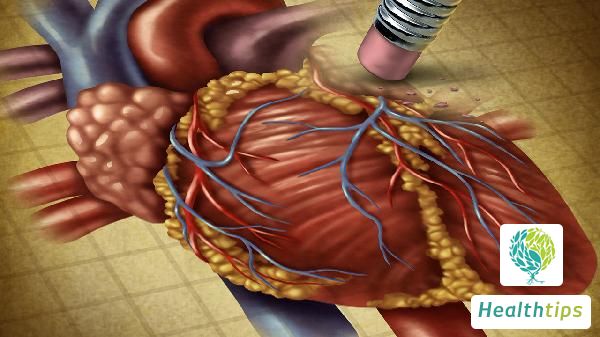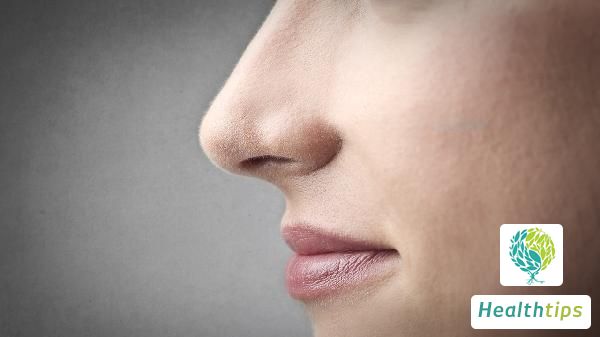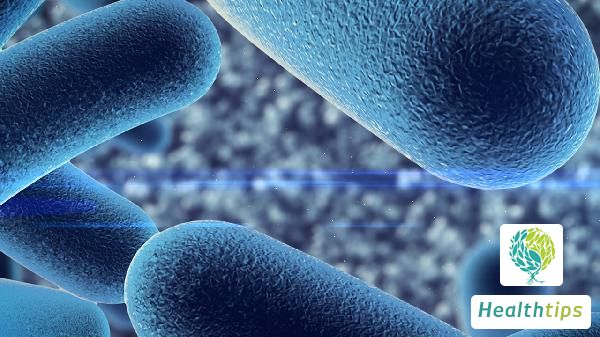"Does the Absence of a Moon-Shaped White Area on Nails Indicate Poor Health?"
Examining the Nails: The Crescent Moon Sign

Extend your palm and observe your nails. Do you see a crescent moon sign? This sign is not always recognized as a testament to health. Healthy nails should be translucent, shiny, resilient, and difficult to break, revealing a light pink hue of the nail bed beneath. Claims linking the crescent moon sign to one's constitution are not entirely scientific.
The "crescent moon," commonly known as the lunula or half-moon mark, is a natural phenomenon occurring during nail growth. So, how does it form? The part of the nail that grows at the base of the skin is called the matrix, and the nail root is also within this area. Newly produced keratin cells are fresh, round, and white. These new cells push the previous generation of cells outward. As they are pushed against the nail root, the previous cells flatten, gradually die, and begin to harden. When these cells enter the visible portion of the nail, most keratin cells become translucent due to being "squashed," resembling a small shield.
Since the growth rate of the matrix decreases from the center to the sides, the time required for keratin cells to become translucent remains consistent regardless of location, resulting in a white and translucent arc-shaped junction. When this white arc is just exposed, it's the lunula, or the crescent moon sign we refer to. In other words, the crescent moon is simply unkeratinized nail tissue. If nail growth is slow or the matrix is positioned lower, it's normal not to see a crescent moon sign. In other words, there may be an unseen crescent moon, but not a non-existent one.
Similarly, nails that wear down quickly, like the thumb, tend to grow naturally faster. Therefore, the crescent moon sign is more easily visible. This explains why most people have a crescent moon on their thumbs due to their high frequency of use. Compared to the other four fingers, the little finger is less active, resulting in slower nail growth. Consequently, a crescent moon on the little finger is relatively rare. However, there are exceptions. Individuals who frequently play the piano or violin use their little fingers more often, accelerating nail growth and revealing the crescent moon sign. Some individuals naturally have fast-growing nails, even on their little fingers.
While the crescent moon sign is not a definitive indicator of health, changes in it can sometimes reflect health issues. If you suddenly develop numerous prominent crescent moons within a short period or if your previously prominent ones suddenly disappear, it could indicate thyroid problems. Hyperthyroidism accelerates the body's metabolism, including nail growth, leading to an abundance of hard yet untranslucent keratin cells. This can cause the appearance of crescent moons in those who previously lacked them or make existing ones larger. Conversely, hypothyroidism slows down metabolism, resulting in sluggish nail growth or even stagnation. Without new keratin cells, the crescent moon may gradually diminish and disappear.
In severe illness or malnutrition, the matrix may not receive sufficient nutrients to produce keratin cells, also leading to the disappearance of the crescent moon sign. Additionally, as we age, our metabolism slows down, causing the crescent moon to become smaller than it was in youth.



















